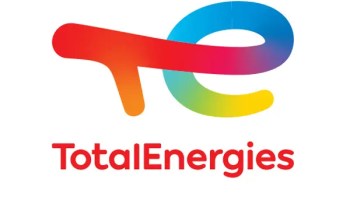……Brent Crude $92.27, WTI $88.90
…OPEC’s crude oil production in August was 27.45 million barrels per day
Nigeria is expected to pay more to subsidise fuel importation in the second half of this year. This is because the U.S. Energy Information Administration (EIA) has stated that it expects global oil inventories to decline by almost a half million barrels per day in the second half of 2023, causing oil prices to rise over the remainder of the year.
Nigeria, despite having four refineries with the capacity to refine 445,000 barrels of crude oil per day, the country still depends absolutely on fuel importation.
The Federal Government removed the subsidy in June with the aim of encouraging other players other than the Nigerian National Petroleum Company Limited (NNPCL). Still, the lack of access to foreign exchange has handicapped the marketers from engaging in the exercise. They also claim that the landing cost of a litre of petrol is still higher than what the commodity is sold in the country.
Consequently, NNPCL remains the sole importer of the commodity to the country.
The price of Brent Crude as at Wednesday was already $92.27 while that of West Texas Intermediate (WTI)was $88.90. This is far above the EIA’s prediction.
In its September Short Term Energy Outlook (STEO), EIA forecasts the Brent crude oil price will average $93 per barrel in the fourth quarter of this year up from its August forecast of less than $88 per barrel.
Oil production cuts from OPEC+ members, including Saudi Arabia’s recently announced extension of additional voluntary production cuts, contribute to EIA’s forecasts for decreasing supplies.
“We expect crude oil prices to rise as global oil inventories decrease through the end of this year,” said EIA Administrator Joe DeCarolis. “High oil prices combined with uncertain economic conditions could lessen global demand for petroleum products through 2024.”
Even as OPEC+ continues limiting oil production, EIA expects global production of liquid fuels to continue increasing in 2023 and 2024 due to production growth in non-OPEC+ countries
: Meanwhile, OPEC’s crude oil production was 27.45 million barrels per day in August, according to the group’s latest Monthly Oil Market Report (MOMR) published on Tuesday.
A gain of an average of 113,000 bpd was recorded for OPEC’s August output, led primarily by Iran and Nigeria—both exempt from the production quotas. Saudi Arabia’s production declined as expected, by 88,000 bpd to 8.967 million bpd. Production declines were also seen from Algeria, Angola, Congo, and Venezuela. Venezuela’s production fell by 42,000 bpd, to 730,000 bpd.
Iran’s oil production increase to 3 million bpd comes despite U.S. sanctions, which analysts see as not being strictly enforced as the United States seeks to improve relations between the two countries as U.S. President Joe Biden continues to battle high gasoline prices at the pump. The Administration has denied that it is not enforcing sanctions against Iran





